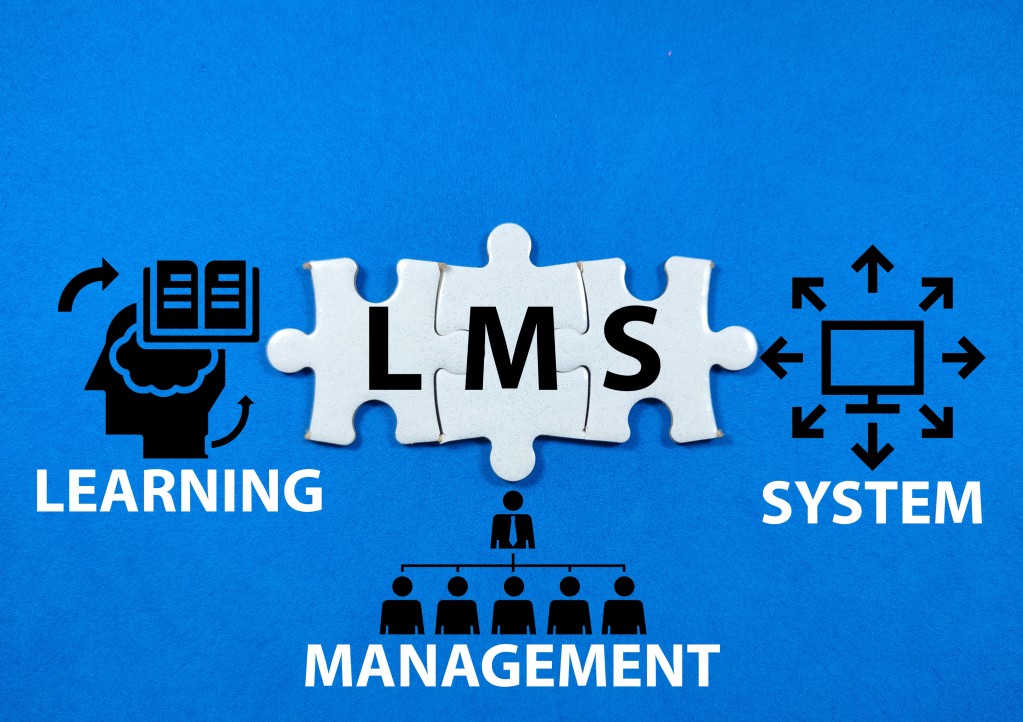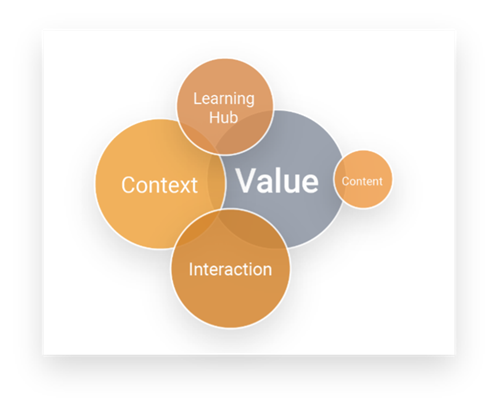
3 Stupid Ideas About The Skill Gap
1. The idea of me wanting to passively enjoy a video and click some stupid questions off!!!
5 years ago, I wrote about the idea of only having one LMS/LXP system to fix your organizations skill-gab. Having one system is a model I call “The Darth Vader model” because having one system means a lack of understanding of the reality of a learning process.
Ask yourself this:
When did you last prefer to watch a video ending up with you having to answer questions about the experience?
The answer for most people is way down the list and probably a long time back. And it’s the same for most people in organizational life.
We only go to the LMS if it influences my status in the organization, my bonus, or colleagues’ perception of me….
Pretty nagging that your LMS or / LXP, LinkedIn learning, or any other tool will not do the job as a standalone salvation tool - allowing you to only go off and check the booming activity on your LMS system on the go! The activity will not boom, and people will not spend time in the LMS / LXP or whatever you call it unless you force them “I´m sorry but this will be the nagging truth” ….
If you want to see how people learn inflow of work, you just need to go here.
2. Learners love to learn by themself, for fun!
In terms of learning, learners prefer to be learning together. Just look at the most used tools above and any other paper or book about learning. Learners also prefer to do their own research when learning in the workflow.
To me, this means when creating a learning design, you need to think about what limitations and options your learning tech and design can do. I have 4 key elements I call the CLIC model which is worth focusing on when designing any learning program regardless of the system or tools you want to use.

Element One: Context
In what context is the learning going to be applied?
This is a field of learning that I believe we need to put much more effort into. Taking context into consideration means looking at your target groups, their everyday work life, and the general frames for anchoring learning into your company. You need to investigate what kind of barriers there might be for transferring learning into your specific company’s context.
Element Two: Learning Hub
When I say learning hub, I mean where does the learning spring from?
From workshops, LMS, e-learning, lectures, or games and tools like ours? Different learning hubs will create different kinds of learning and value. As mentioned previously, online learning cannot stand alone, which also means that you enhance the learning by including multiple learning hub elements in your learning process.
Element Three: (Social) Interactions
What kind of interactions can you create in your learning process design?
Here you need to be creative and use all means since the social arena is important to sustain and maintain the learning goals you are trying to achieve.
Using games can be one way of creating more social interactions. It creates competition between the participants and opens a room for discussing and reflecting upon the choices taken in the game and their effects. I believe that the social elements, which make learning more engaging, and fun will become increasingly more important in the future.
Element four: Content
This is where we usually focus much of our time and energy – wrongly….
We want relevant and interesting content, but in many learning situations, your stakeholders already have a lot of knowledge about the subject. You need to activate this knowledge to make your learning processes better. Find out who is more knowledgeable than you and invite them to co-create the learning design and process. Or do this analysis as part of your design.
The idea of learning in the flow of work needs to be bundled with real existing problems at the same time the learning process must clearly minimize time to solve the problem or create a better meaning for learners’ tasks. If this is the case – I really don’t think your system is better than google or asking a colleague. Real dialogs and own research can be done without LMS / LXP.
Creating learnings designs to include a blended learning approach will outstand the LMS/LXP way without interaction and collaboration. Just look at this study.
3. Spending resources on designing great content for many learners in your LM/LXP VS facilitation learning for the few!
When the LMS´X is running, it creates an overview over who has done the mandatory modules, which provides you with a secureness of a bonus as the L&D responsible for the LMS. I also guess your Learning designers are having fun creating a lot of great super cool content NO ONE really wants to spend time on…
Or is there another way….
Why not drop some of the design, recording of videos, and create learning designs with interactions, social collaboration, and fun if possible. Why do you think great produced videos are more fun than creating a video with your colleagues as part of your learning? The video created by learners might be an amateur video, but I’ll bet anything against a higher learning outcome. The learner creating the video has learned more than 1000 viewers.
To me, if you focus on the big-size group learning you are creating a zombie learner culture where learning is built on clicking the quizzes and making the videos running in the background while trying to create some real value for the company. Somehow this seems to be a very wrong L&D strategy and kind of a “cover my a.. with our LMS system” strategy.
So, Let’s Summarize
Learners need to be active!
Allowing them to sit passively and listen to a classroom speech or a prerecorded video is not engaging anyone, and the majority of the intended learning outcomes are lost.
Furthermore, you learn much more if you get a little dirt under your nails. By simply providing the answers to your learners, they will not fully comprehend how you got to that conclusion nor why certain aspects or stages are more imperative than others. By allowing them to do their own research, they will have a much deeper understanding of the problem and potential solutions. And be exposed to more options. This is activating your learners which they will appreciate much more than passive listening.
This leads us perfectly to the importance of engagement – an engaged workshop will bring much more value to the session (online and in-classroom) since more heads are better than one. It will increase innovation and commitment to the session as you are now fully utilizing your talent pool and will get more thorough, researched, and innovative discussions, as well as having completed an L&D session satisfactorily with employees having been educated successfully.
As Actee is a game company we will suggest using a game to create dialogs on dilemmas reflecting the subjects you want to close the skill gap with? Leaners might even be wanting to create a quiz or another tool and at the same time create data for the L&D to move on in the right direction.
Learners prefer to use tools where they can interact and influence the learning tools “natural next step”. It simply means excitement and a kind of gaming experience to the learner.
Data will still be collected but not only on user statistics, but real profile theoretic predictive data. Interesting for a learner to engage with since the system is saying something about them and their way of solving issues. Games also provide information to L&D as a guiding line for what to support the learners in the next step of closing the skill gap.
With this provoking blog, I hope you will go out there and make some rocking L&D sessions where the learning output and engagement are highly valued!
Great for the learners, good for the company’s value, and strategically important for L&D.
Leif
CEO Actee
Drop me a line